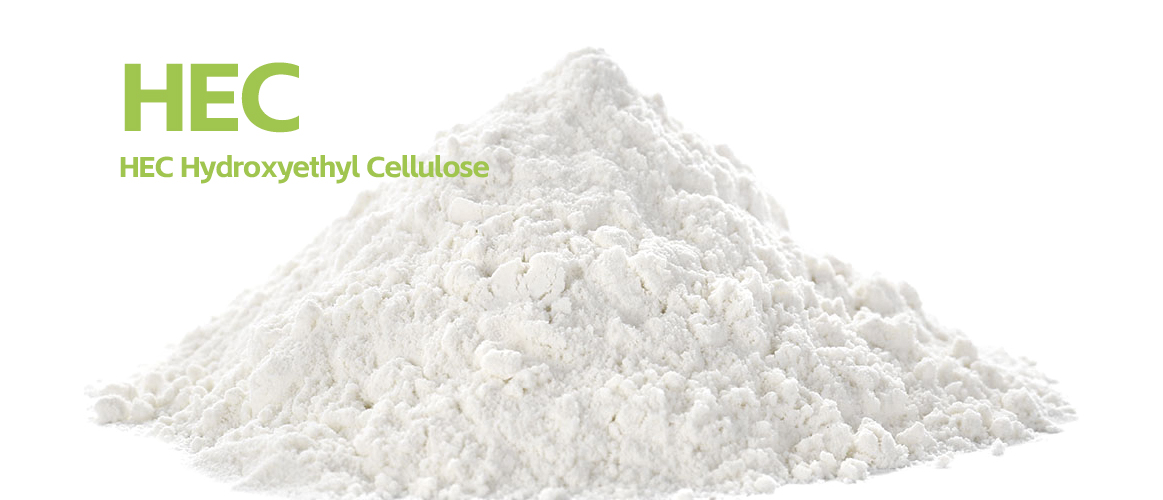
Core Applications of Hydroxyethyl Cellulose (HEC) in Water-Based Coatings
2025-07-28 17:52With the increasing global focus on environmental protection, water-based coatings have become a market mainstream. However, enhancing the application performance, stability, and final finish of these coatings remains a key challenge for manufacturers. Hydroxyethyl Cellulose (HEC), a highly effective multifunctional additive, offers a core solution to these challenges.
Key Roles of HEC in Water-Based Coatings
HEC, or Hydroxyethyl Cellulose, is a non-ionic, water-soluble polymer derived from natural cellulose through chemical modification. Its unique properties, including excellent thickening, water retention, dispersion, and film-forming capabilities, make it an indispensable component in formulations for latex paints and various water-based coatings.
1. Thickening and Rheology Control: Improving Application Performance
Thickening is HEC's most fundamental function. It effectively increases the viscosity of coatings, providing them with a better consistency and sag resistance. This prevents the coating from dripping or running on vertical or overhead surfaces, significantly improving application efficiency.
As a rheology modifier, HEC imparts "pseudoplasticity" to coatings. This means the coating has a high viscosity at rest, ensuring stability and preventing pigments and fillers from settling. However, under shear force (e.g., during brushing or rolling), its viscosity drops rapidly, allowing for easy application and smooth leveling, which ensures a uniform and smooth final finish.
2. Water Retention and Open Time: Ensuring Coating Quality
During the drying process, rapid water evaporation can cause the coating to skin over prematurely, affecting its leveling and potentially leading to cracking. HEC's superior water retention effectively slows down the evaporation rate, thereby extending the coating's open time. This gives applicators sufficient time to correct the coating, ensuring a seamless and flat finish.
3. Dispersion and Suspension: Guaranteeing Formulation Stability
Water-based coatings contain a large number of pigments and fillers. As a protective colloid, HEC can stably disperse and suspend these solid particles, preventing them from separating or settling due to density differences. This not only ensures the coating's stability during storage but also guarantees uniform color and consistent results after application.
Summary: The Synergistic Relationship Between HEC and Water-Based Coatings
As a highly effective hydroxyethyl cellulose thickener, HEC has become an essential component in water-based coatings and latex paints. By improving the rheological properties, stability, application performance, and final coating quality, HEC enables water-based coatings to meet a wide range of complex application needs. For manufacturers pursuing high-performance and environmentally friendly coatings, choosing high-quality HEC is key to enhancing product competitiveness.

